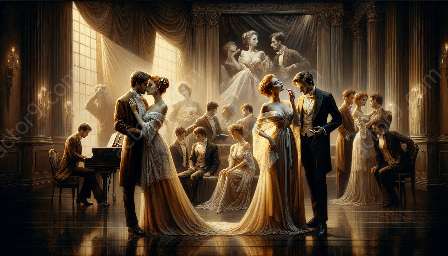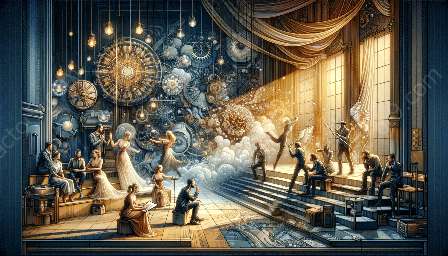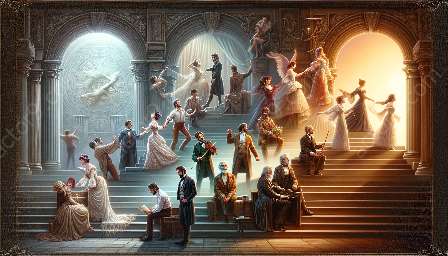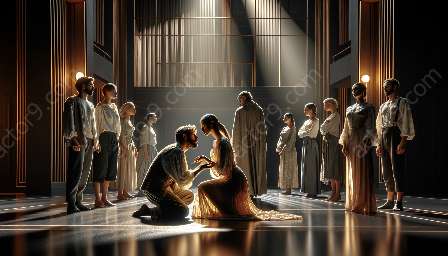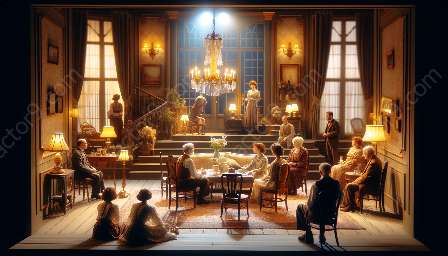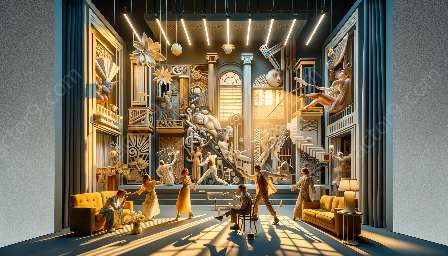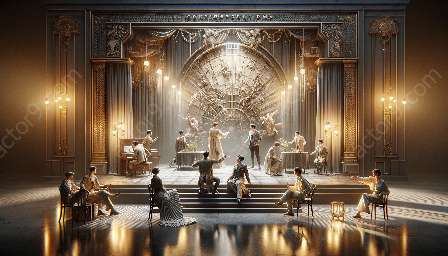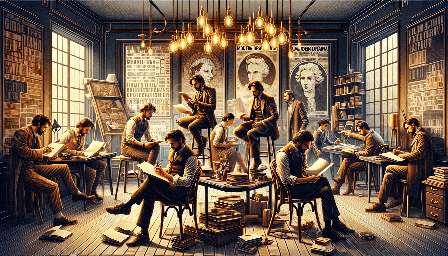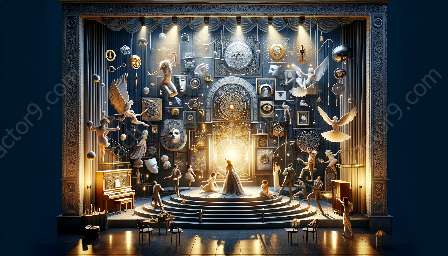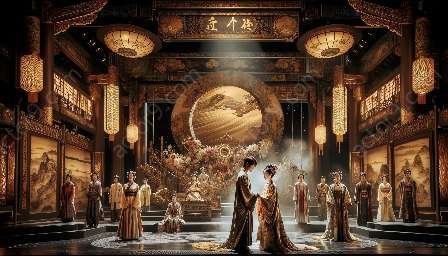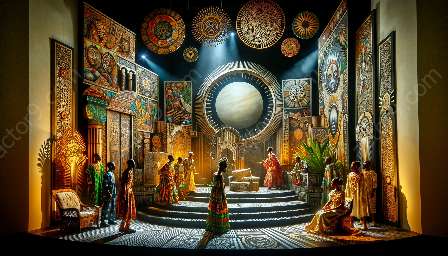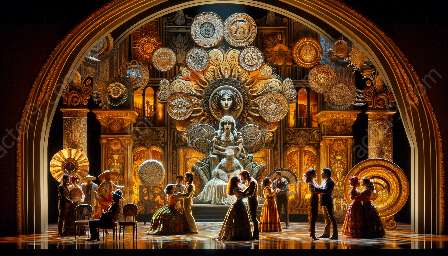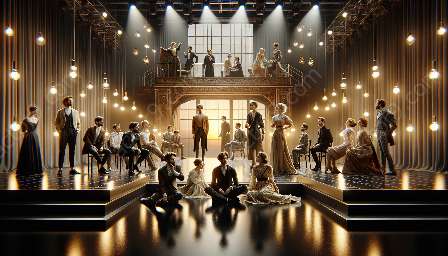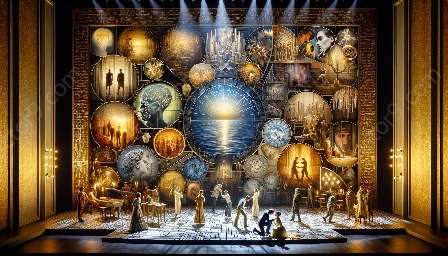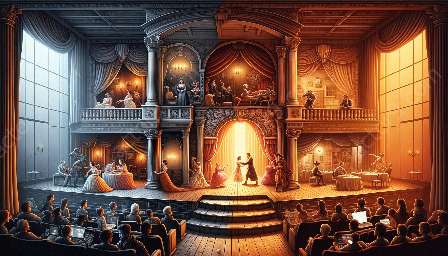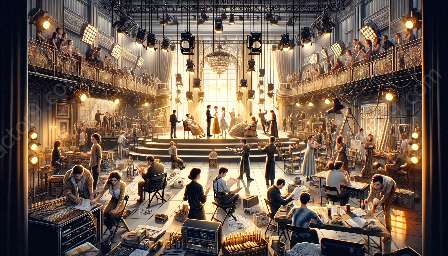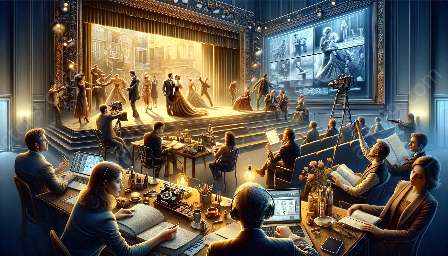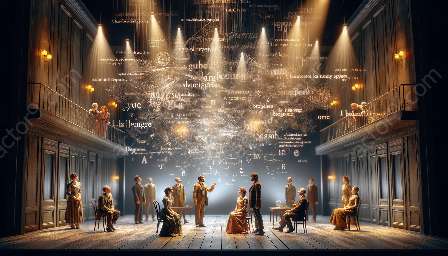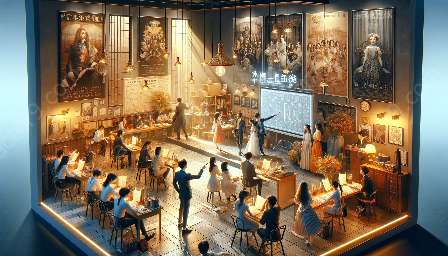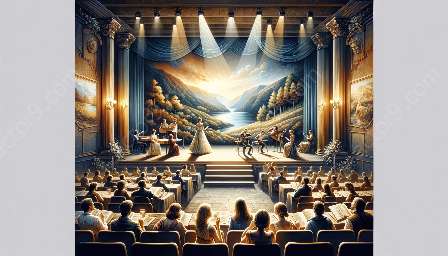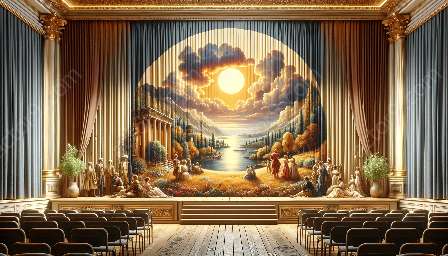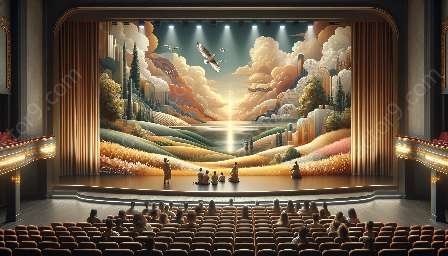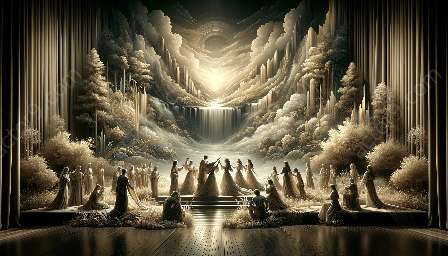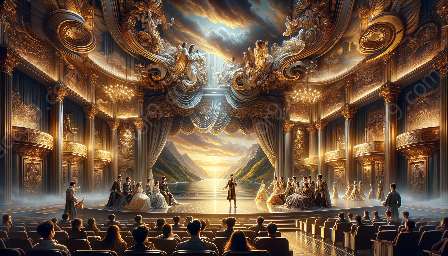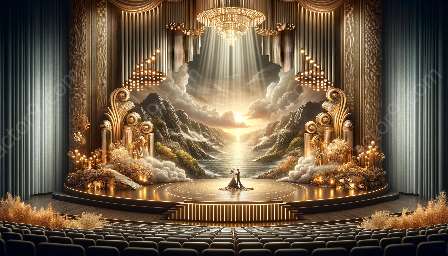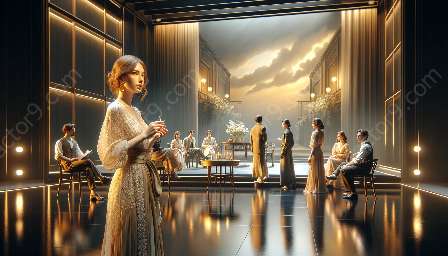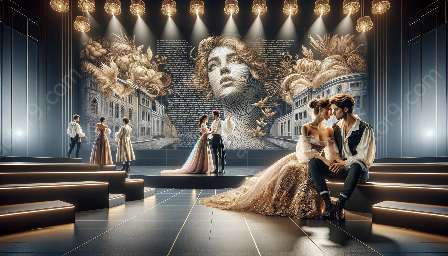The use of virtual and augmented reality (VR and AR) has ushered in a new era for the world of theatrical performances, offering unique opportunities for creativity, storytelling, and audience engagement. As technology continues to evolve, the implications of VR and AR in the future of contemporary theatrical performances are becoming increasingly significant, shaping the way we interpret and experience modern drama.
Integration of VR and AR in Theatrical Productions
One of the most notable implications of VR and AR in contemporary theatrical performances is the seamless integration of digital elements into live productions. Through the use of VR headsets and AR apps, actors and production teams have the ability to create immersive and interactive experiences for audiences. This integration allows for the blurring of boundaries between the physical and virtual worlds, giving rise to new storytelling possibilities that challenge traditional notions of stage design and set construction.
Enhanced Audience Engagement
VR and AR technologies have the potential to revolutionize audience engagement in contemporary theatrical performances. By offering viewers a more personalized and participatory experience, these technologies enable audiences to actively immerse themselves in the narrative, providing a deeper connection to the story and characters. This heightened level of engagement transforms the nature of live theater, making it more dynamic and inclusive for modern audiences.
Expanded Creative Possibilities
With VR and AR, contemporary theatrical performances can explore new creative horizons that were previously inaccessible. The ability to manipulate virtual environments, project holographic imagery, and incorporate interactive elements into live productions opens doors to innovative storytelling techniques. Directors and playwrights can experiment with unconventional narrative structures, non-linear experiences, and multi-sensory effects, pushing the boundaries of modern drama and challenging audience expectations.
Technological Advancements and Resource Optimization
As technological advancements in VR and AR continue to progress, the implications for contemporary theatrical performances extend to resource optimization and production efficiency. Virtual rehearsals, digital prototyping of set designs, and real-time visual effects simulations are just a few examples of how these technologies streamline the production process, reducing costs and logistical constraints while providing greater creative freedom for theater professionals.
Redefining the Theatrical Experience
Ultimately, the implications of VR and AR in the future of contemporary theatrical performances are redefining the theatrical experience for both creators and audiences. These technologies are reshaping the way we interpret modern drama by offering a platform for boundary-pushing experimentation, enhanced storytelling capabilities, and a reimagined approach to immersive art forms. Embracing VR and AR in theater not only opens new avenues for expression but also ensures that the traditions of live performance continue to evolve in response to the digital age.

